#History of Technology
Explore tagged Tumblr posts
Photo

Commander Richard Byrd, wearing a specially designed leather helmet and mask, used during his flight from Spitzbergen over the North Pole and back in a Fokker Plane, making the trip of 1,360 miles. May 10, 1926
I Am Collective Memories • Follow me, — says Visual Ratatosk
#BW#Black and White#Preto e Branco#Noir et Blanc#黒と白#Schwarzweiß#retro#vintage#Richard Byrd#leather#helmet#masks#Spitzbergen#North Pole#Fokker plane#1926#1920s#20s#aviation history#history of technology#portrait#肖像#画像#retrato#Porträt
220 notes
·
View notes
Text

Les Muses: La Musique by Paul Gavarni, 1839.
Slightly obsessed with this because she is listening to a mechanical device producing music—a real 1830s boom box!
It's a hand-cranked barrel organ, of course, but still small enough to be held in her lap!

This c. 1830 barrel organ sold at auction plays eight songs!


Another barrel organ made c. 1835 is described as playing "four dance sections." Given the focus on social dancing at the time, and the need for dance instruction, I wonder if something like this small barrel organ was the sound system for dancing classes.

Illustration from an 1830s French social dance manual (Victoria & Albert Museum).
#Eighteen-Thirties Thursday#1830s#paul gavarni#music#dancing#social dancing#barrel organ#history of technology#romantic era#she's chilling in her bedroom with that barrel organ just blissed out#we love to see it
221 notes
·
View notes
Text

~ Business card for T.E. Cornish, seller of the Holmes' Burglar Alarm Telegraph, c. 1890
The Holmes Burglar Alarm Telegraph was the first "modern" burglar alarm. Not only did a bell ring whenever a door or window was opened from the outside, but it also alerted a central security office. The first models needed specially installed telegraph wires, but eventually they could use existing telephone lines. And it had it's own cute little cabinet "house" which is very steampunk:

The Electric House and Hotel Annunciator replaced the old rope-pull system that rang bells in the staff quarters. Now you could ring for the staff from any room in the house with a modern push button. Eventually, the push button model also evolved into "elevator annunciators" or the buttons we now use to call an elevator.

image source
#c. 1890#Holmes' Burglar Alarm Telegraph#1800s#annunciators#old technology#history of technology#this isn't advice but I'm a geek and I love this stuff
37 notes
·
View notes
Text
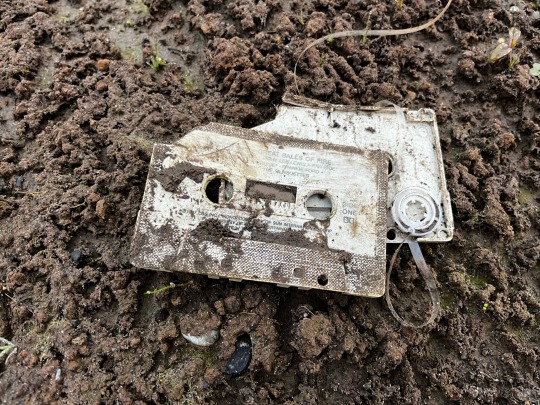
I found an ancient artifact. Not sure what it is. Probably has ritual significance.
320 notes
·
View notes
Text
The Myth of Mills: Bridging Antiquity and Medieval Innovation
Jean Gimpel and Marc Bloch were instrumental in popularising the notion that, although invented in ancient times, watermills were ‘medieval in the era of their true expansion.��
42 notes
·
View notes
Text
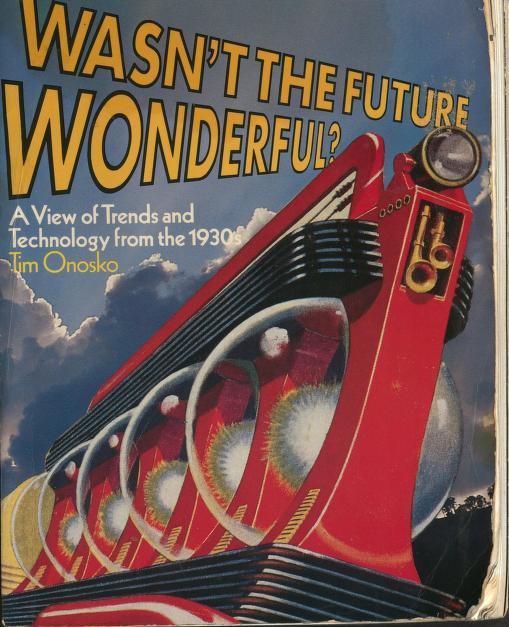
Wasn't the future wonderful? : a view of trends and technology from the 1930s : Onosko, Tim : Free Download, Borrow, and Streaming : Internet Archive
16 notes
·
View notes
Text
Life in a Bubble: How Technological Revolutions Shape Society
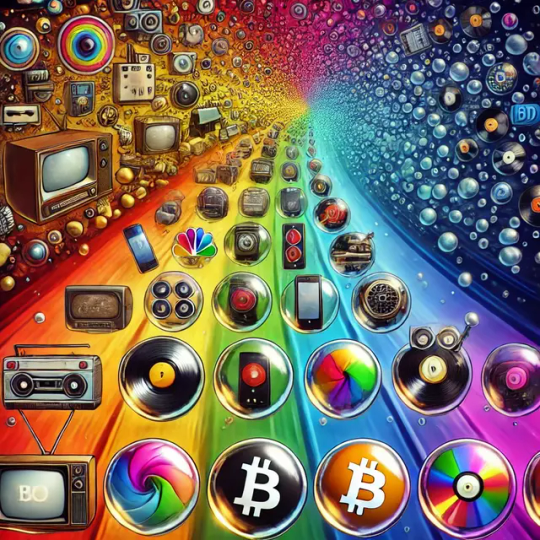
Once upon a time, owning a television was an extraordinary luxury. Families gathered around small, grainy screens, captivated by black-and-white broadcasts that seemed magical at the time. Fast-forward to today, and we laugh at the thought of having just one screen—let alone one without color, HD, or streaming capabilities. Ever notice how every significant technological breakthrough feels monumental, only to become obsolete as soon as the next innovation arrives?
Understanding the Technological Bubble
Technological bubbles occur when groundbreaking innovations redefine societal norms, behaviors, and expectations. Each advancement creates its own bubble of influence—initially expanding as adoption grows, then ultimately bursting when a newer technology emerges.
Consider the evolution of televisions:
First Bubble: Black-and-white TVs revolutionized entertainment, bringing the world into living rooms for the first time.
Second Bubble: Color TVs popped the original bubble, making monochrome obsolete and setting a new standard.
Third Bubble: Flat-screen and HD televisions burst the color-TV bubble, making bulky sets feel like relics of the past.
Each bubble transformed society, influencing consumer behaviors, shifting economic landscapes, and altering our perception of normalcy.
Historical Echoes
Technological bubbles aren’t exclusive to televisions. They repeat throughout history, reshaping reality each time:
Communication: Letters → telephones → smartphones.
Music: Vinyl → cassettes → CDs → MP3 → streaming.
Internet: Dial-up → broadband → Wi-Fi → mobile connectivity.
Every bubble expanded rapidly, enveloping society in its new standards before bursting and being replaced by something even more revolutionary.
The Mother of All Bubbles
Today, we're living inside perhaps the largest technological bubble humanity has ever known: the global fiat monetary system and traditional finance. Like previous bubbles, this system feels unshakeable, inevitable, and everlasting. But like every bubble before it, it's ripe for disruption—this time, by decentralized technologies like Bitcoin.
Bitcoin isn't just a new type of money; it’s a radical departure from centralized financial control:
Decentralization vs. Centralization: Bitcoin puts financial power back into the hands of individuals.
Transparency vs. Secrecy: Blockchain technology makes financial transactions visible, verifiable, and resistant to manipulation.
Scarcity vs. Inflation: Unlike fiat currencies, Bitcoin has a capped supply, protecting against endless monetary inflation.
This next bubble is growing, quietly expanding in the shadows of mainstream finance, and it has the potential to burst the financial bubble we've lived in for generations.
What Happens When the Biggest Bubble Pops?
Imagine a world where financial control no longer rests in the hands of governments and banks, but with the people. When the fiat bubble bursts:
Financial Sovereignty: Individuals gain unprecedented financial autonomy and responsibility.
Power Redistribution: Central banks and financial institutions must adapt or risk obsolescence.
Societal Shifts: Our collective understanding of money, value, and community could be entirely redefined.
This transition won’t be without challenges. Initial instability and fierce resistance from established systems are inevitable. Yet, the opportunity for increased transparency, fairness, and efficiency makes this burst not just likely but necessary.
Preparing for the Pop
Every technological bubble eventually bursts. The question isn't if, but when. Understanding and recognizing this process enables us to position ourselves advantageously for the inevitable shift. Embracing the next technological wave means stepping beyond comfort zones and preparing to thrive in an evolved landscape.
Tick Tock Next Block.
Take Action Towards Financial Independence
If this article has sparked your interest in the transformative potential of Bitcoin, there’s so much more to explore! Dive deeper into the world of financial independence and revolutionize your understanding of money by following my blog and subscribing to my YouTube channel.
🌐 Blog: Unplugged Financial Blog Stay updated with insightful articles, detailed analyses, and practical advice on navigating the evolving financial landscape. Learn about the history of money, the flaws in our current financial systems, and how Bitcoin can offer a path to a more secure and independent financial future.
📺 YouTube Channel: Unplugged Financial Subscribe to our YouTube channel for engaging video content that breaks down complex financial topics into easy-to-understand segments. From in-depth discussions on monetary policies to the latest trends in cryptocurrency, our videos will equip you with the knowledge you need to make informed financial decisions.
👍 Like, subscribe, and hit the notification bell to stay updated with our latest content. Whether you’re a seasoned investor, a curious newcomer, or someone concerned about the future of your financial health, our community is here to support you on your journey to financial independence.
📚 Get the Book: The Day The Earth Stood Still 2.0 For those who want to take an even deeper dive, my book offers a transformative look at the financial revolution we’re living through. The Day The Earth Stood Still 2.0 explores the philosophy, history, and future of money, all while challenging the status quo and inspiring action toward true financial independence.
Support the Cause
If you enjoyed what you read and believe in the mission of spreading awareness about Bitcoin, I would greatly appreciate your support. Every little bit helps keep the content going and allows me to continue educating others about the future of finance.
Donate Bitcoin:
bc1qpn98s4gtlvy686jne0sr8ccvfaxz646kk2tl8lu38zz4dvyyvflqgddylk
#Bitcoin#Technological Revolution#Future of Finance#Financial Sovereignty#Decentralization#Tech Evolution#The Next Bubble#History of Technology#Society Shift#Disruptive Innovation#Blockchain#TickTockNextBlock#Digital Economy#Philosophy of Money#Economic Shift#financial empowerment#financial education#globaleconomy#finance#digitalcurrency#financial experts#cryptocurrency#unplugged financial
7 notes
·
View notes
Text

"It's dangerous to abandon nuclear energy."
33 notes
·
View notes
Text
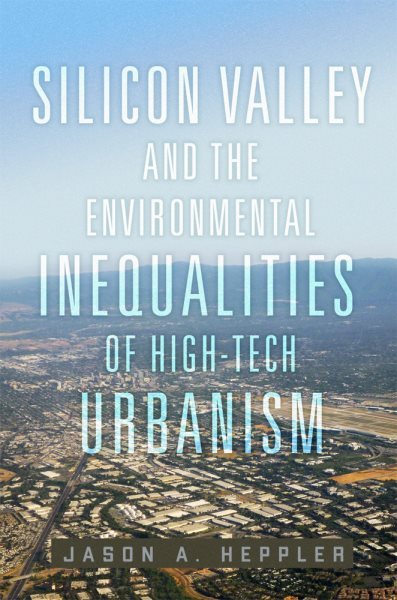
With deep empathy and keen insight, Jason Heppler shows what lies beneath the sparkling high-tech campuses of today’s Silicon Valley: a long and tangled history of environmental transformation and trade-offs, mythmaking and moneymaking, conservation and exclusion, and a western landscape remade many times over. This book is an invaluable addition to the literature.
#uwlibraries#history books#american history#environmental history#history of technology#business history
7 notes
·
View notes
Text
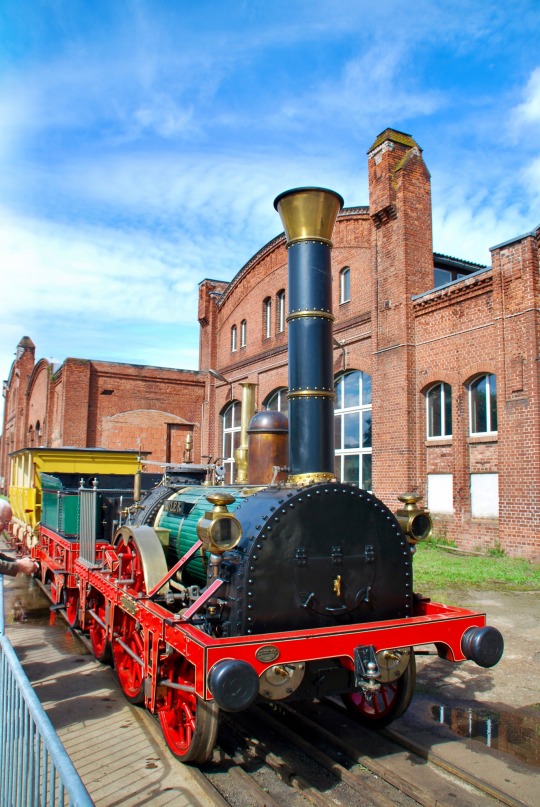
A picture of the famous German loco "Adler" ("Eagle"). It was the first steam locomotive to operate in Germany in 1835, built by George Stevenson in England. As the original loco was scrapped before 1900, the loco depicted here has been rebuilt in 1935 to celebrate 100 years of railways in Germany.
* * * * * * * * * *
Ein Foto der berühmten Dampflokomotive „Adler“, der ersten Dampflok Deutschlands. Sie wurde 1835 vom englischen Lokomotivbauer George Stevenson gebaut. Da das Original leider schon vor 1900 verschrottet wurde, ist auf dem Bild der Nachbau von 1935 zu sehen.
📸 Mine, in Meiningen.
#railway#eisenbahn#history of technology#steam locomotive#steampunk#history#museum#technology#machinery#retro#trains
64 notes
·
View notes
Photo

Chas. W Oldrieve. Oldriev's new tricycle. 1882
I Am Collective Memories • Follow me, — says Visual Ratatosk
#BW#Black and White#Preto e Branco#Noir et Blanc#黒と白#Schwarzweiß#retro#vintage#Chas. W Oldrieve#tricycle#bike#history of technology#1882#1880s#19th century
356 notes
·
View notes
Text
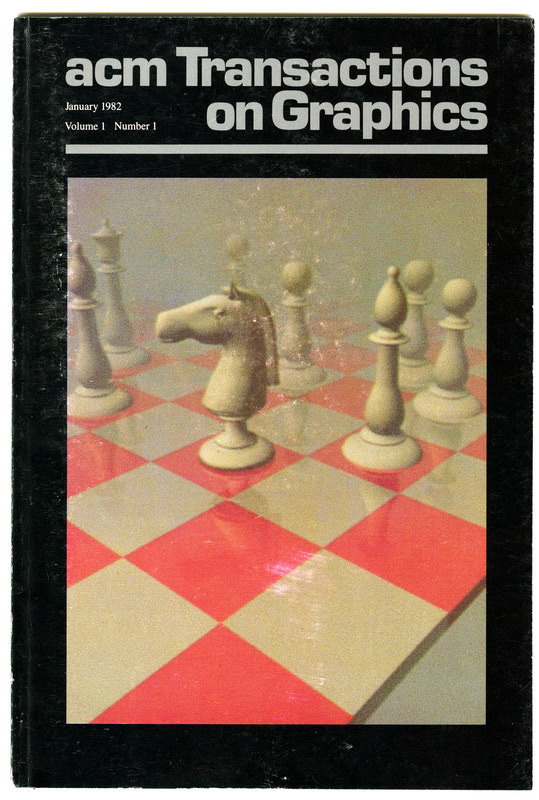
association for computing machinery “transactions on graphics” magazine cover, 1982 (via university of minnesota archives)
#computer history#chess history#(?? computer chess everywhere in this collection idk man)#historical graphics#ephemera#history of technology
2 notes
·
View notes
Text

2 notes
·
View notes
Text
The evolution of technology from the first portable TV to virtual reality glasses

This a photo of the first portable television from 1967
When I see this photo I can't imagine how heavy it must be. It looks so bulky and I worry about his neck holding that weight. I remember the first 3D glasses in cinemas, they changed how we experienced visuals, making us feel as if we were in the movie.
Now we have Virtual Reality (VR) glasses which take immersion to a whole new level. Compared to earlier equipment, modern technology is compsct, lightweight and futuristic.
Have you evertried VR glasses or would you like to experience it?
Image sourced from open internet sourcer.

#technology#virtual reality#vr#history of technology#futurism#retro futurism#television#tv#innovation#techprogress
5 notes
·
View notes
Text
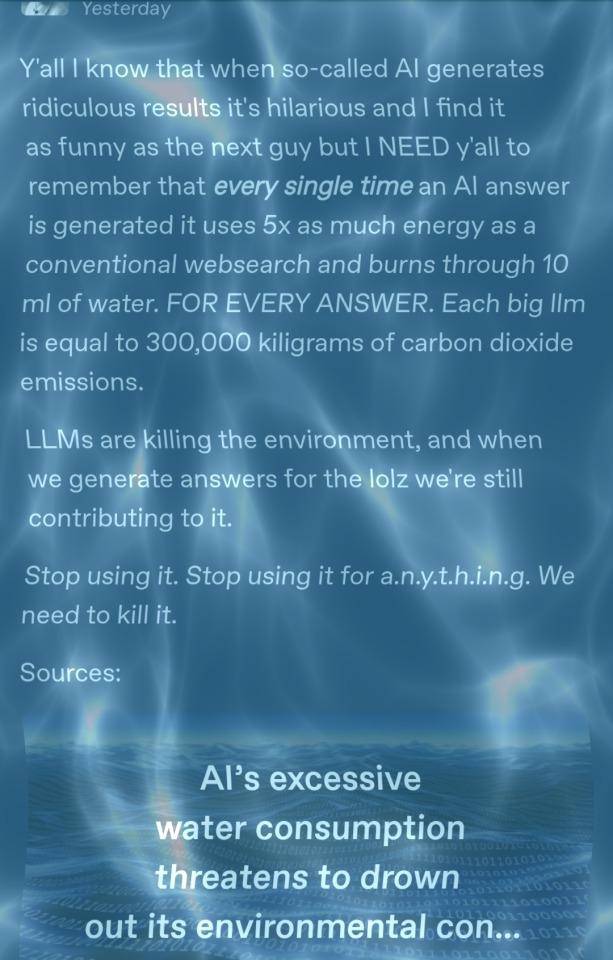
These sorts of posts fascinate me, above all because they continuously approach AI as a uniquely evil technology, rather than one-among-many in a tech industry birthed out of and perpetuated by western imperialism. Do they really think "not using Google ai search" will stop massive water waste by corporations like Microsoft and Google? As if phones and laptops (and practically all technology that has been forced to incorporate semiconductor materials because of capitalism, do your toothbrush and fridge need a smart screen??) don't capitalize on stolen resources and stolen labour from the global south. WAKE UP!! THIS IS NOT ABOUT AI!! THIS IS ABOUT CAPITALISM!!
#AI#at this point i need anti ai ppl to read this#please wake the fuck up#PLEASE read Digital Rubbish by Jennifed Gabrys#and Settler Computing by Theodora Dyer#im happy to share them please just open your mind beyond bandwagon hatred for AI that as a technology has existed in many forms for +60 yrs#history of technology
2 notes
·
View notes